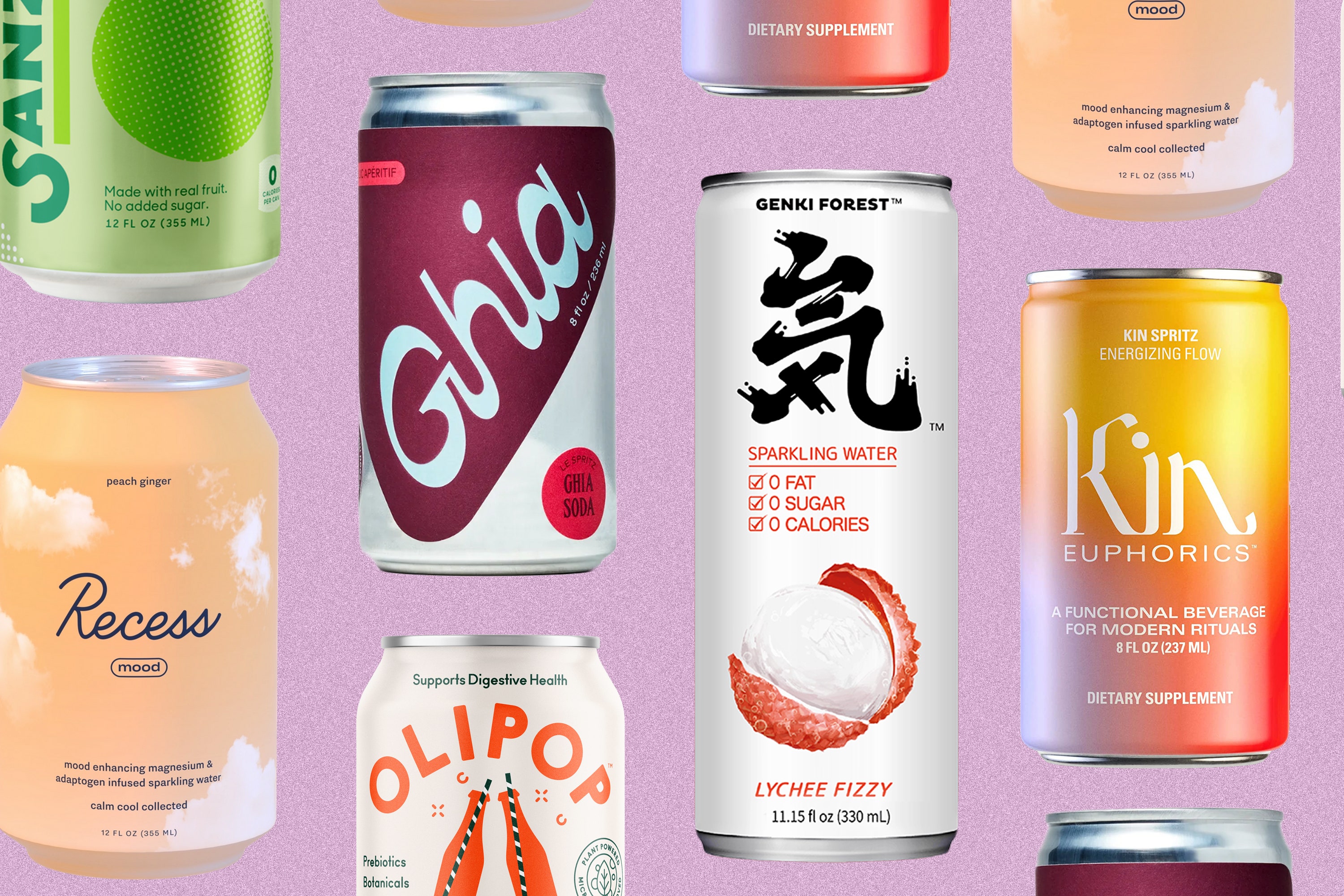
The beer and beverage can is a form of food packaging, and must not add excessively to the cost of its contents. Can-makers are constantly seeking ways of making the package cheaper. Once the can was made in three pieces: the body (from a flat sheet) and two ends. Now most beer and beverage cans are two-piece cans. The body is produced from one piece of metal by a process known as drawing and wall ironing.
This method of construction allows much thinner metal to be used and the can has maximum strength only when filled with a carbonated beverage and sealed. Spin-necking saves metal by reducing the diameter of the neck. Between 1970 and 1990, beer and beverage containers became 25% lighter. In the USA, where aluminium is cheaper, most beer and beverage cans are made from that metal. In Europe, tinplate is often cheaper, and many cans are made of this. Modern beer and beverage tinplate has a low tin content at the surface, the main functions of the tin being cosmetic and lubricating (in the drawing process). So a lacquer with excellent protective properties is required, to be used at minimum coat weight (6–12 µm, dependent on metal type).
Can-making is economical only if the cans can be made very quickly. Some 800–1000 cans a minute will be produced from one coating line, with bodies and ends coated separately. Bodies for beer and beverage cans are lacquered after being made and degreased. The rapid application is achieved by short bursts of airless spray from a lance positioned opposite the centre of the open end of the horizontal can. The lance may be static or may be inserted into the can and then removed. The can is held in a chuck and rotated rapidly during spraying to obtain the most uniform coating possible. Coating viscosities must be very low, and solids about 25–30%. The shape is relatively simple, but interiors are cured by convected hot air, in schedules around 3 min at 200 °C.
Carbonated soft drinks are acidic. Resistance to corrosion by such products is provided by coatings such as epoxy-amino resin or epoxy-phenolic resin systems. Beer is a less aggressive filling for the can, but its flavour may be spoilt so easily by iron pick-up from the can or by trace materials extracted from the lacquer, that it also requires similar high-quality interior lacquers.
The majority of these coatings have been successfully converted to water-borne colloidally dispersed or emulsion polymer systems, especially on the easier substrate to protect, aluminium. Water-based coatings have reduced overall costs and lowered the amount of solvent that has to be disposed of by after-burners to avoid pollution. Most successful systems are based on epoxy-acrylic copolymers with amino or phenolic crosslinkers.
There continues to be commercial interest in the electrodeposition of water-based lacquers in beer and beverage cans. Such a procedure avoids the need to apply in two coats, and is potentially capable of giving defect-free coatings resistant to the contents of the can at lower dry film weights. In water-borne spray coatings, solvent contents lower than 10–15% are being sought.
Post time: Dec-09-2022






